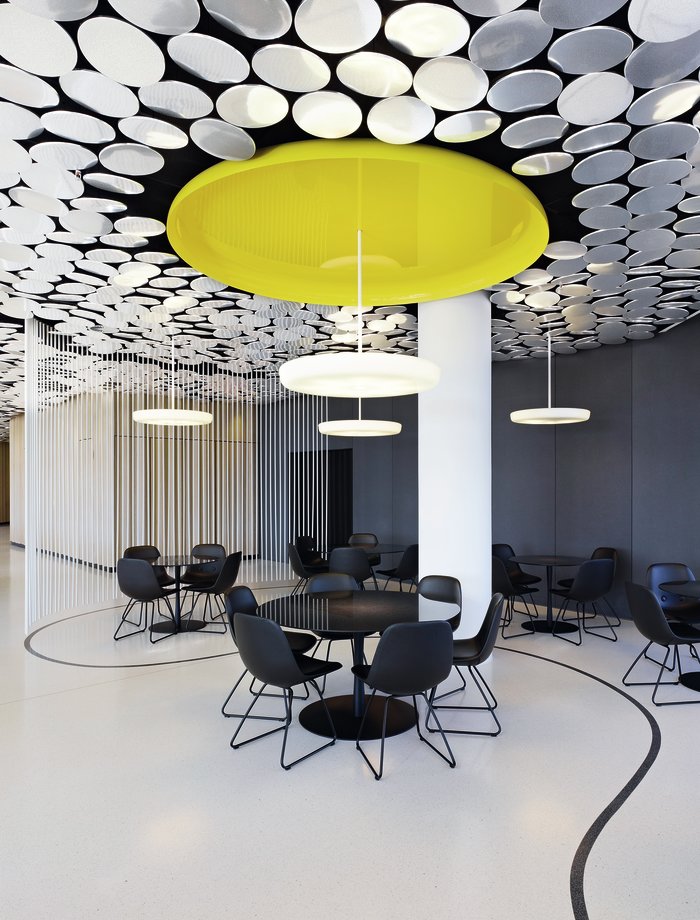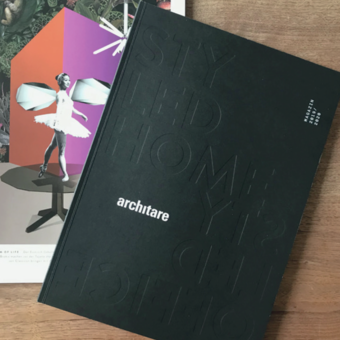You travel a lot. In your private life as well?
Yes, I really, really, love travelling. To places that I haven’t been before.
Do you have a “must see”?
I’ve just been to the Long Museum in Shanghai, a fantastic piece of architecture, self-contained, with wonderful space choreography and exciting exhibitions. An all-time favourite and key project in my development as an architect is the Soane House in London. Soane was the architect of the Bank of England and a passionate collector. His house is almost the fountainhead of collage and collecting. One of the most flipped-out, craziest houses I know. It is the V & A in miniature, a wonderful three-dimensionality.
Are you a city person or a country person?
Definitely a city person!
Your favourite restaurant in Stuttgart?
Bella Italia Weine in Vogelsangstraße.
And outside Stuttgart?
There are many. Hero in Paris, for example, a tiny Korean restaurant with a tiny menu story and funny as well as refined Korean cocktails. Whether it’s brand architecture, a trade show or staff canteen: if you want to make your identity felt, you have a renowned partner in Ippolito Fleitz. Clockwise: The new canteen at the Spiegel Publishing Group in Hamburg, the Walter Knoll stand at Orgatec 2014, the newly designed rooms at Fleiner Moebel by architare in Stuttgart, a sample apartment on the 24th story of CEG Schwarzwald in Shanghai, and the campus restaurant of the One Head Office Motel in Munich are only a selection of their versatile projects.










